Embrace Movement: Debunking the Myth of the "Perfect Posture"
In the quest for optimal health and wellness, we often hear about the importance of maintaining a "perfect posture." Whether it's sitting at a desk, standing in line, or even sleeping, there seems to be an ideal position for every activity. However, recent research suggests that the concept of a universally "best" posture may be more myth than reality. In fact, the key to promoting overall well-being lies not in achieving a static position, but rather in embracing movement, prioritizing mobility, and focusing on fundamental strength movements.
The Myth of the Perfect Posture
For years, we've been bombarded with images of the "perfect posture" – an image of someone sitting or standing with a perfectly straight spine, shoulders pulled back, and chin held high. While this posture may seem ideal, the reality is that our bodies are dynamic and constantly adapting to the demands of our environment. example here…
Research has shown that there is no one-size-fits-all posture that is best for everyone. Our bodies come in different shapes and sizes, and what feels comfortable and natural for one person may not be appropriate for another. Furthermore, attempting to maintain a rigid posture can actually lead to muscle tension, joint stiffness, and even pain.
Embracing Movement
Instead of fixating on achieving a static posture, we should focus on embracing movement in our daily lives. Our bodies are designed to move, and staying sedentary for long periods can have negative consequences on our health. By incorporating movement into our daily routines, we can improve circulation, reduce muscle tension, and enhance overall vitality.
This doesn't mean we have to be constantly on the go – even simple movements like stretching, walking, or taking the stairs can make a big difference. Finding opportunities to move throughout the day, whether it's through regular exercise, household chores, or recreational activities, can help keep our bodies healthy and resilient.
Prioritizing Mobility
To amplify movement in our lives, prioritizing mobility is essential for maintaining optimal function and preventing injury. Mobility refers to the ability to move freely and easily through a full range of motion. As we age, our mobility naturally declines, but regular mobility exercises can help mitigate this decline and keep us moving well into our later years.
A daily mobility routine can include a variety of exercises designed to improve flexibility, joint stability, and proprioception. This might include dynamic stretches, foam rolling, yoga poses, or mobility drills targeting specific areas of the body. By incorporating these exercises into our daily regimen, we can enhance our movement quality and reduce the risk of injury.
Basic Strength Movements
In addition to mobility, building a foundation of basic strength is crucial for supporting overall health and function. Basic strength movements, such as squats, lunges, push-ups, and rows, target multiple muscle groups and help improve stability and coordination. These movements are the building blocks of functional fitness and can be modified to suit individuals of all fitness levels.
Focusing on basic strength movements allows us to develop a strong, resilient body that can withstand the demands of daily life. Whether we're lifting groceries, playing with our kids, or participating in recreational sports, having a solid foundation of strength can enhance our performance and reduce the risk of injury.
Conclusion
In conclusion, the notion of a "perfect posture" is a myth that fails to account for the dynamic nature of the human body. Rather than striving for an unattainable ideal, we should focus on embracing movement, prioritizing mobility, and building a foundation of basic strength. By incorporating these principles into our daily lives, we can promote optimal health and well-being at any age. So, let go of the notion of perfect posture and instead, embrace the joy of movement. Your body will thank you for it.
If you feel like you aren’t moving well, we can help! At Identity Chiropractic we have extensive training in manual therapy, including A.R.T, Dry Needling, Acupuncture, Cupping, Scraping, Rehab and more!
— Team IC


